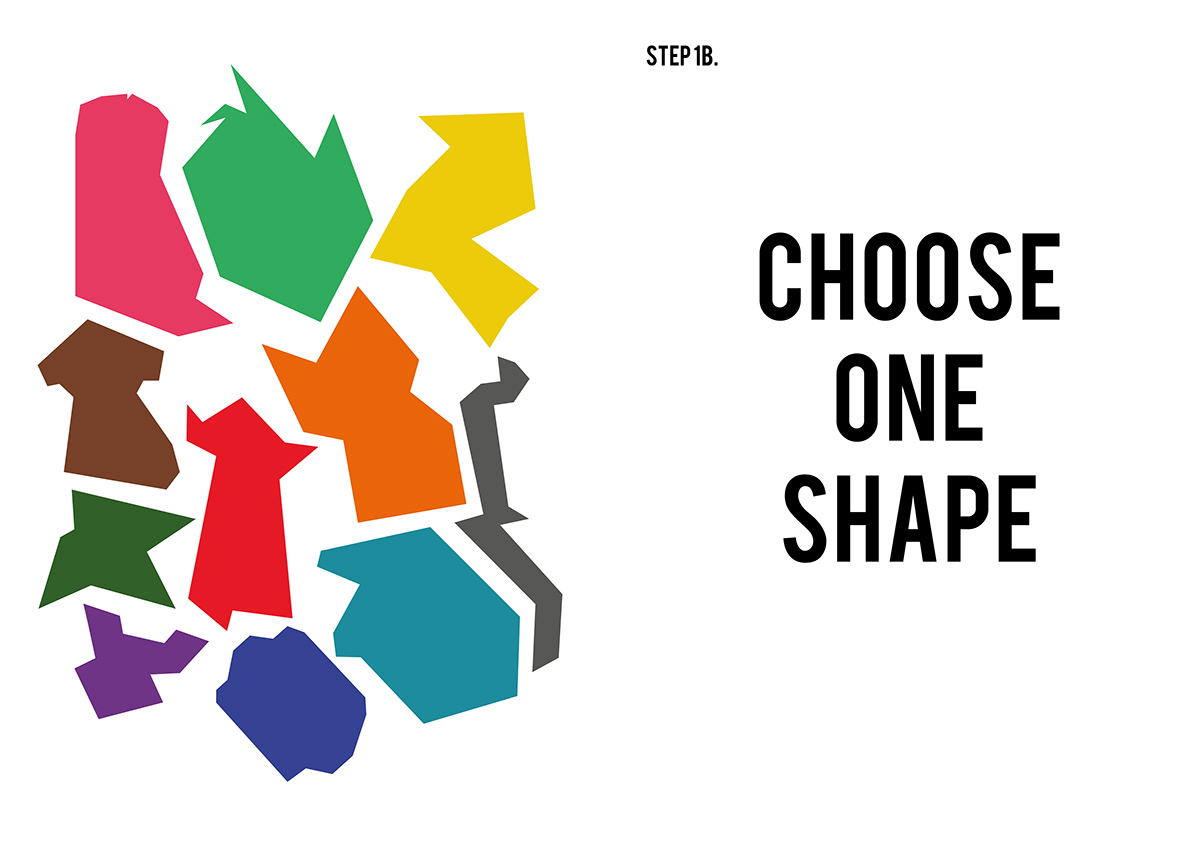
Prakriye field centre works with marginalised rural women in 40 villages of Mysore district, building platforms for empowerment using digital tools. For the past 10 years, Prakriye has used a range of strategies for marginalised groups to access public information (about government schemes, livelihoods etc.) through online web portals and mobile phone-based information networks. Prakriye is seeking to step up its work with women and girls, by taking its ‘education for empowerment’ efforts with adolescent girls to the next level exploring creative pedagogies such as digital art, community installations and interactive comics that enable critical learning sessions for adolescent girls to build their leadership at home and in the community. This project engages students from Srishti and Prakriye field centre to design a creative training module and resource material on self-expression, agency and autonomy targeted at dalit adolescent girls in rural Mysore.

To understand the context, we held discussions about gender roles. We had Deepti from the team at IT for change to brief us about what the NGO does and what is that they need us to help with. During the discussion I mapped the important points she was talking about which helped me understand the context to a better level.


The first field visit was just to interact with the children and understand their space, their routine and how our activities could be a part of their daily lives. Since our activity had to be based on a particular context, which was of their surroundings, the aim of our field visit was to get familiar with the girls and be able to form a good relation with them. I interacted with the girls in the village and received first hand information about the kind of life they lead everyday. The mentors helped me to know about the issues being faced by the girls. The kind of approach we took when we first interacted with the girls were:
1. By engaging them in a game, which would help us break the ice and start a conversation with the girls.
2. We asked them to narrate their daily routine and tried to map it visually for them. This activity generated interest and a lot of the girls started drawing for fun.

Initially I interacted with the girls and spent some time with them to gather information for primary and secondary research. I interacted with the girls in the village and received first hand information about the kind of life they lead everyday. The mentors helped me to know about the issues being faced by the girls. I have used the girls’ ability to question things into an opportunity to learn new skills. The skill I am looking at is Origami, the art of paper folding. Working with origami causes intensive interaction between the two hemispheres. This increases cognition as well as motor skills. Pestalozzi is a pedagogue who talks about whole child development through cognitive development, motor skills and emotional satisfaction. Therefore, I decided to look up various pedagogies that would help me design my activity in a particular manner. This would assist me in getting a far more in-depth understanding of how are we learning as social beings? What are the ways we support learning? I will be looking into imaginative play. “Throughout life, imagination remains a key to emotional resilience and creativity. Imaginative play allows us to create simulated realities that we can explore without giving up access to the real world.”
(Brown and Vaughan 2009, 1)













The girls of rural Mysore, learning how to fold the animals, hence taking part in the activity designed for them.

Snippets from the stop motion animation photographed by the girls of rural Mysore, while using Digital Technology to enhance their skills.


